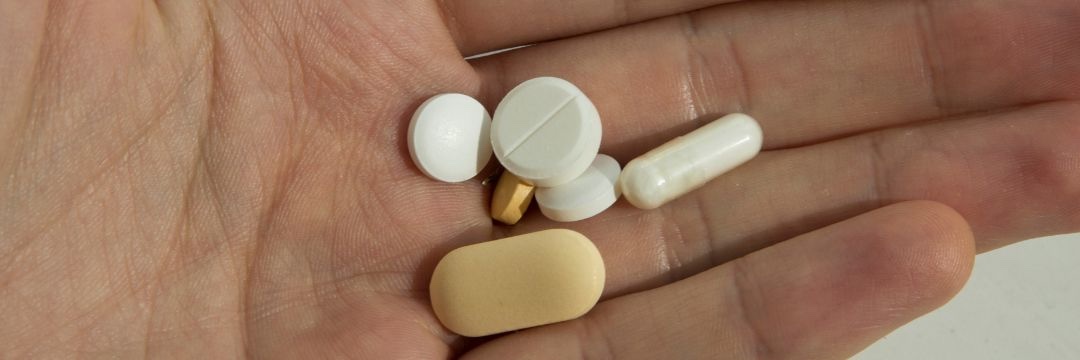The LINX Reflux management system has become one of the primary curative options for chronic acid reflux patients that have not responded well to medical therapy including antacids and acid blocking medication (PPIs). Of course, as with any surgical intervention, there are benefits and risks. The LINX Reflux management system, while appropriate for many patients, does have considerations that must be explored.
To understand one of the biggest concerns that some physicians and patients have about the LINX Reflux management system, we need to look back more than a decade when the Lap-Band or adjustable gastric band dominated the weight loss surgery scene. Prior to that time, severely obese patients essentially had one of two options – work on a diet and exercise program that studies showed had a 90% or greater chance of failure in the long-term, or opt for one of two types of permanent, but effective, surgical procedures – the vertical banded gastroplasty or the gastric bypass. When the adjustable gastric band came on the market, it offered a less invasive, adjustable and reversible implant that was not only effective, but also eliminated many of the gastric bypass’s side effects. Over time, however, the Lap-Band was found to have a high risk of potential complications with lackluster weight loss. Some of the complications such as potential erosion and slippage were attributable to the presence of a foreign body around the top of the stomach. Today, the Lap Band is only rarely used as other procedures such as the laparoscopic sleeve gastrectomy have come to the forefront of surgical options.
While the application of the device is very different; in theory, the LINX is similar to the Lap Band in that both are foreign bodies that are in the vicinity of the upper stomach. The Lap Band goes around the top of the stomach, however, while the LINX is around the esophagus. Another, device in the past – the Angelchik antireflux prosthetic – also was placed around the top of the stomach but was abandoned due to high complications rates such as erosion and migration. Naturally, the similarity of the LINX to historical devices like Angelchik and the Lap Band in terms of how it wraps around the esophagus has brought some concern with regard to potential erosion’s and slippages.
There is, however, one important difference between the LINX and other foreign body implants around the esophagus and stomach – and that is the magnets. The titanium-encased, rare earth magnets that comprise the LINX device are attracted to each other in a ring-like formation without causing any inward pressure. It sits passively around the esophagus without any intention of restricting it or placing any inward pressure on the tissue, which is one of the reasons why erosion’s of foreign bodies into the tissue occurs. One way to think about this is that the LINX would be like a comfortable, expandable bracelet around your wrist, the Angelchik device would be like a non-expandable, tight leather bracelet, and the Lap Band would be more like a blood pressure cuff around your arm.
The Realities of LINX Complications and Potential Explanation
At this time, we don’t have data that goes beyond more than 10 years after surgery for the LINX. That being said, the data in the 5-8 year range is very good. Conversely, there’s plenty of decades-long data for the traditional anti-reflux operation – the Nissen fundoplication – which has a good safety profile and excellent results. However, there are several factors that make LINX a really great option compared to the Nissen fundoplication.
- The LINX device has been shown to have be an extremely low risk surgical procedure. Should the LINX fail for any reason, it can be removed. While we do not want, nor expect, to have to reverse the procedure, if it must be done, the risk remains low.
- The LINX device does not require drastic altering of normal stomach or esophageal anatomy.
- The overall side effects of the LINX are less than that of the Nissen, especially in regard to gas bloating and the ability to belch and vomit after surgery.
So, what’s the bottom line
In my experience, following the stepped approach to care is the best way to ensure that our patients are receiving the safest and most effective treatment for their condition. A complete and proper work up of reflux symptoms, and eliminating lifestyle and dietary factors that may worsen symptoms is the first step. For those patients whose symptoms do not improve despite maximum medical therapy, we know that the the LINX offers an appropriate and safe option for many who want to avoid the pitfalls of a fundoplication. Unlike previous devices that have caused concern with long-term complications around the stomach and esophagus, the LINX has a unique structure and mechanism of action that better simulates your normal anatomy without causing undue pressure on your tissues.
I look forward to speaking to you further about the LINX procedure when you come in for your consultation for chronic acid reflux.




